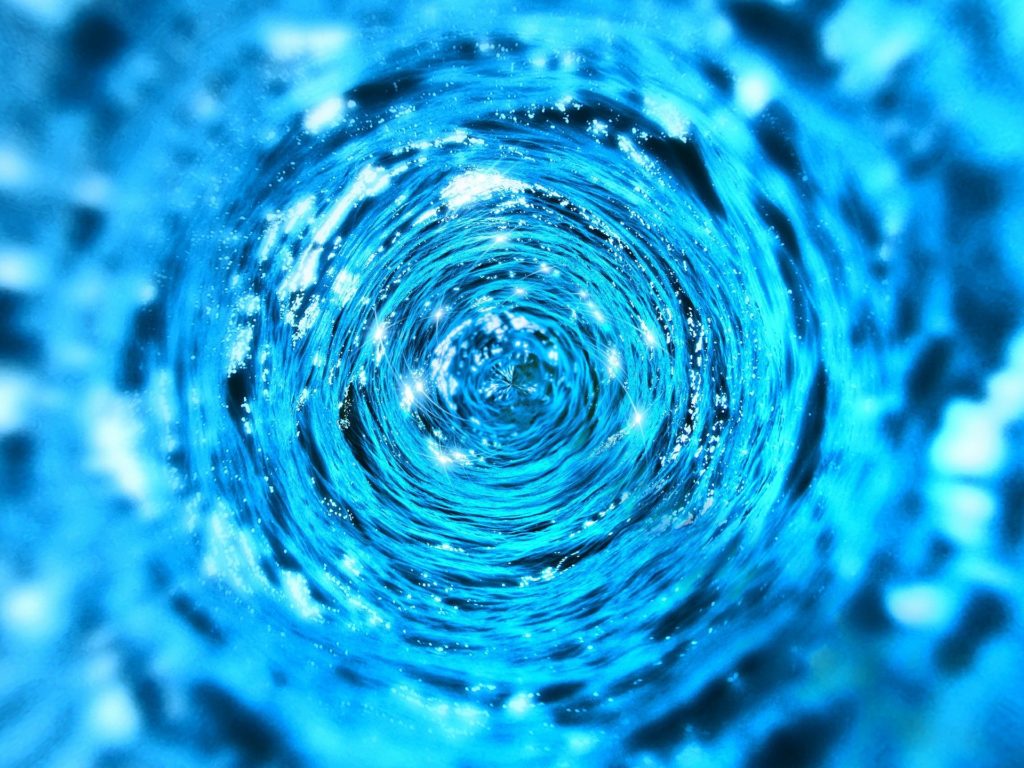Yesterday, I was fortunate to attend the Virtual Indigenous Professional Development Day Lhulh’uts’ut’en “We Come Together” workshops. The title of the workshop, Lhulh’uts’ut’en We come Together, stood out to me as appropriate. To elaborate, I’d first recognize the description of “decolonization” given by the morning’s keynote speaker, Dr. Dustin Louie, a First Nations scholar from Nee Tahi Buhn and Nadleh Whut’en of the Carrier Nation of central British Columbia. The etymology of the prefix “de-” stems from its Latin use for “down, down from, off” and modernly functions to reverse or strip a verbs action. As such, decolonization has a suggestive connotation of reversing all colonial influence since its beginning for the goal of reverting culture to what it once was. That definition is incorrect as described by Dr. Louie; he promotes that decolonization is a change in the way indigenous cultures are viewed by those outside these cultures on the basis of not letting others define who you are. Having others control your narrative is perhaps analogous to reading a book about the experience of pregnancy and childbirth authored by a male; it simply lacks depth and perspective and can be misconstrued (especially if there’s an agenda). Considering Louie’s definition, it makes more sense how indigenous ancestral knowledge can be presented on perhaps the most powerful product of capitalism to ever arise in the age of humans, the internet. This point is exceptionally important to K-12 education because it challenges core belief systems that are scaffolded around correct and incorrect ways of doing things. In fact, it says that there are not only different ways of perceiving and knowing, but that these different ways can merge and support one another rather than compete. The next step in this learning is to implement it into pedagogy and teaching practices. Astrophysicist and educator, Neil deGrasse Tyson, speaks of pre-K children as little scientists who are continuously observing and testing the world through unguided and unbiased sensory input, which thereby informs their future decisions of interacting with like-objects or contexts. Then, once in school, they are told to make a macaroni picture, but it has to look like “this,” and it has to stay in the lines, and it has to…well follow the rules which pertain to a single perspective. Where this learning would influence my pedagogy is clear: promote independent thinking through goal-oriented learning that permits a spectrum of paths to some objective rather than algorithmic learning which promotes the existence of an arbitrarily correct method.
I was thrilled to be influenced by the obvious passion and spirit of Métis herbalist and educator Lori Snyder. She presented a workshop titled “Discovering your Wild, Native and Medicinal Plants” where we learned of numerous plants which function for pleasure, food, medicine, and teachings while simultaneously acting as keystone components to BC’s ecosystems. One example was fireweed (Chamaenerion angustifolium) which grows everywhere, bears tasty leaves in springtime prior to flower, has flowers that produce fine jellies, has leaves and flowers with anti-inflammatory agents that can be infused into skin oils, can function as a diarrhetic, has roots possessing agents which promote prostate gland health, and grows in areas of devastation including scorched earth following forest fires and cutblocks. So what is fireweed? If I answered a protector of exposed soil from the sun or food or medicine or an agent connected to human internal organs or a source of pleasure, I would be both correct and incomplete because so many more descriptions make up its story and interconnectedness. Through promoting independent thinking, learning about fireweed in a holistic manner causes the plant to lose its stigma as a weed and gain importance while occupying—as far as I can tell—all nine of the first peoples principles of learning.

Chamaenerion angustifolium (Common name: Fireweed) at the end of its season in my backyard in Prince George, BC. 9/26/2020.
 This image is free for use under creative commons and is credited to
This image is free for use under creative commons and is credited to 